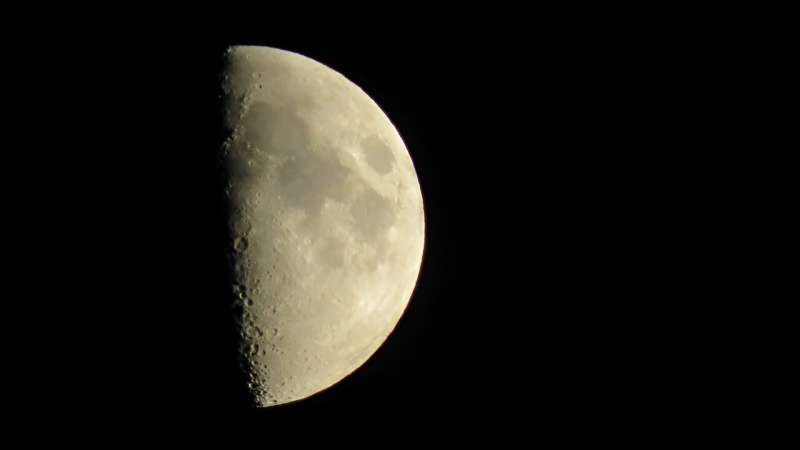This article has been reviewed according to Science X's editorial process and policies. Editors have highlighted the following attributes while ensuring the content's credibility:
fact-checked
peer-reviewed publication
trusted source
proofread
A novel method uses gravity data to determine where density anomalies lie inside planetary bodies

Getting to know planets or moons inside out isn't easy. Like Earth and its moon, many celestial bodies are multilayered and can contain anomalous internal features that reflect the complex history of their formation, collisions with other bodies, and ongoing planetary dynamics.
Anomalous structures inside planets and moons that have different densities compared with their surroundings can be detected using gravity data. Above such density anomalies, the force of gravity acting on spacecraft traveling nearby is higher or lower than at other locations.
Computational techniques known as gravity inversions relate differences in gravity acceleration to differences in internal density structure. Now, Kristel Izquierdo and colleagues present a novel technique that may help researchers infer the global structure of a planet or moon from the gravity acceleration data measured by orbiting spacecraft. The findings are published in the journal Earth and Space Science.
Compared with traditional methods, the new technique, dubbed THeBOOGIe (short for transdimensional hierarchical Bayesian object-oriented gravity inversion), allows more flexibility in inputting known geological and geographical data, and it does not require researchers to input a depth range of interest or information on a known internal density interface.
THeBOOGIe applies a Bayesian statistical approach that starts with a randomly generated model of a planet's or moon's interior. The model is then refined through hundreds of thousands of iterations until it best fits the input gravitational, geological, and geographical data.
The researchers tested the approach by applying it to determine the moon's interior structure using synthetic input gravitational data that were representative of real lunar data. They found that the technique correctly identified the location and width of density anomalies in the lunar crust and mantle. However, it overestimated the vertical thickness of crustal anomalies.
The researchers note that THeBOOGIe, which could be refined through additional work, is well suited for complementing models of planetary interiors based on seismic data and for determining the internal features of smaller bodies without a perfectly layered structure. They also point out that the flexibility and statistical strength of THeBOOGIe may help scientists visualize the interiors of planets and moons for which seismic and geophysical data are lacking.
More information: Kristel Izquierdo et al, An Object‐Oriented Bayesian Gravity Inversion Scheme for Inferring Density Anomalies in Planetary Interiors, Earth and Space Science (2023). DOI: 10.1029/2023EA002853
Journal information: Earth and Space Science
Provided by American Geophysical Union
This story is republished courtesy of Eos, hosted by the American Geophysical Union. Read the original story here.




















